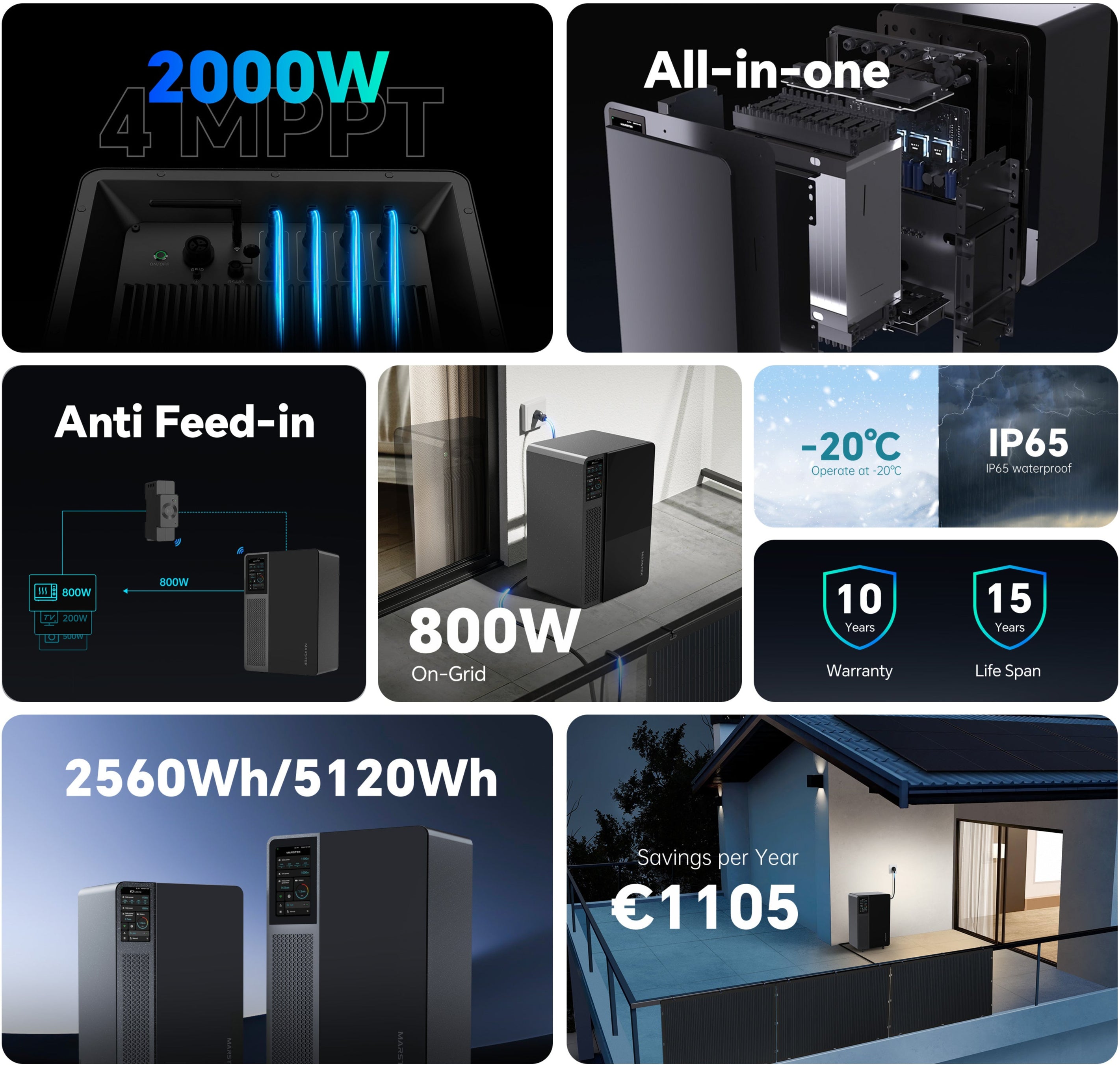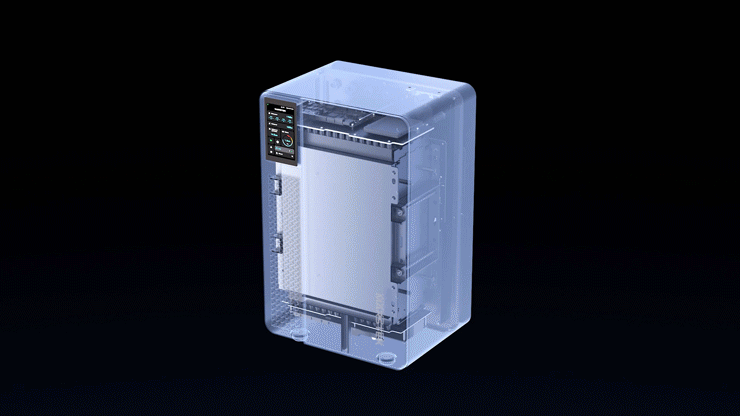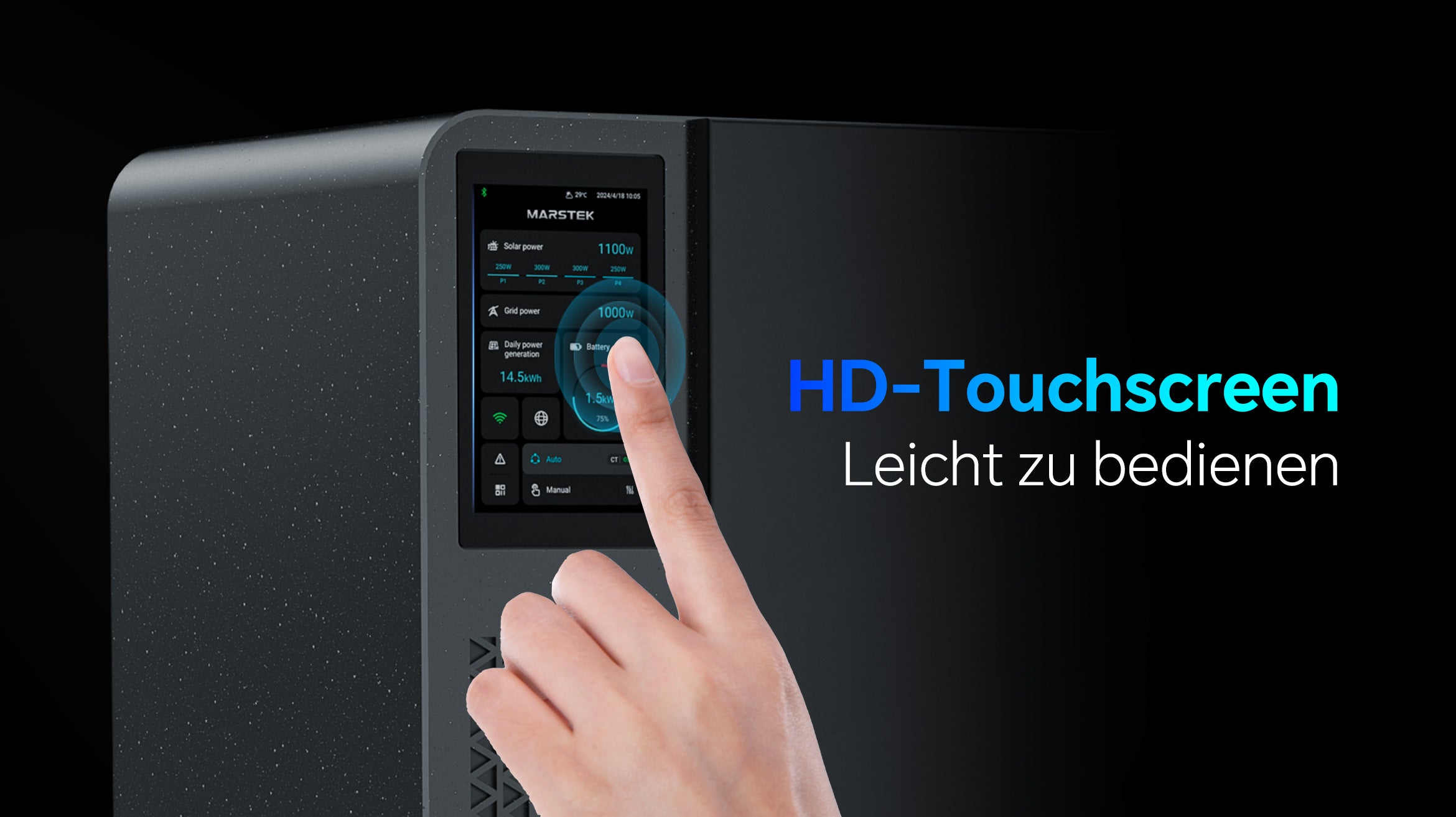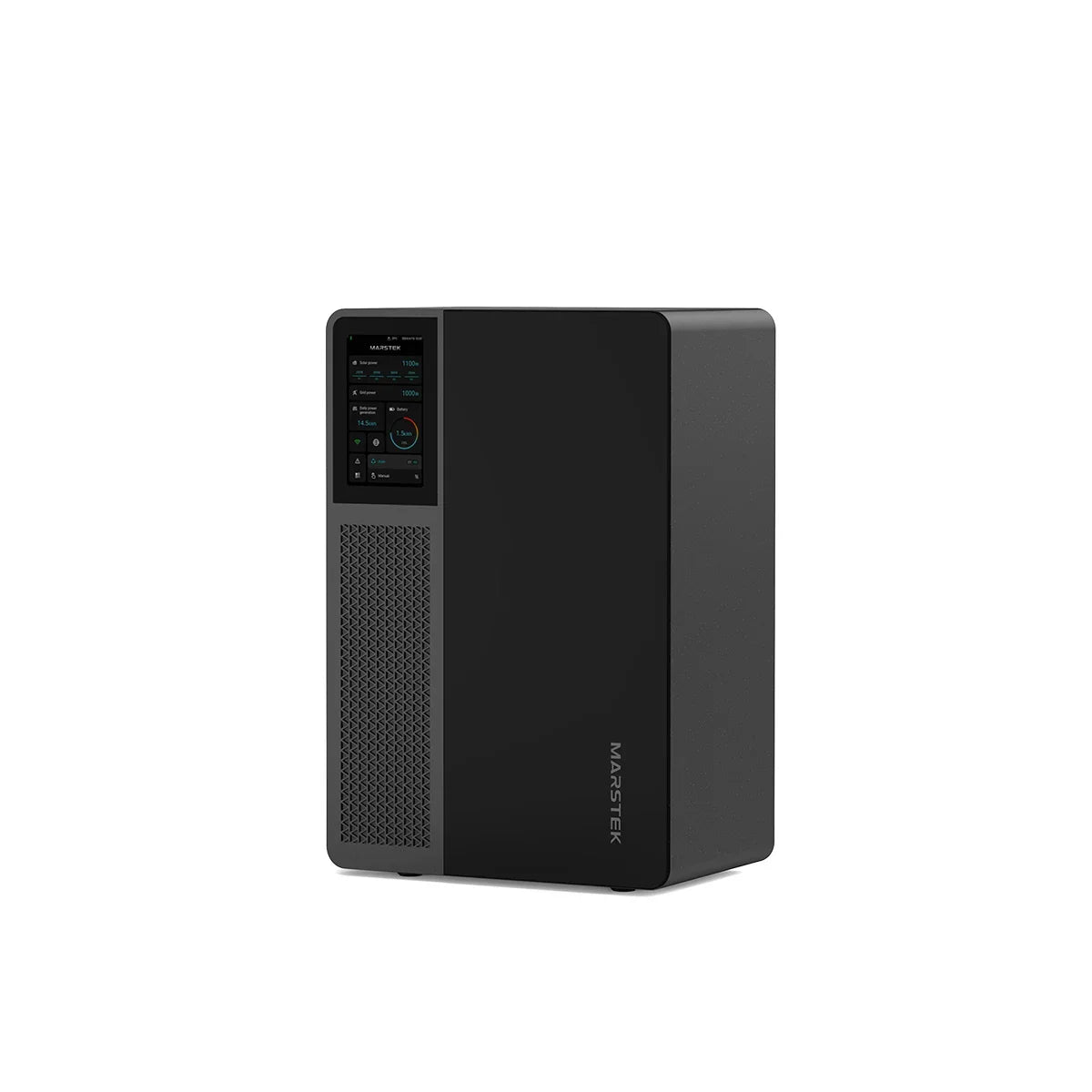
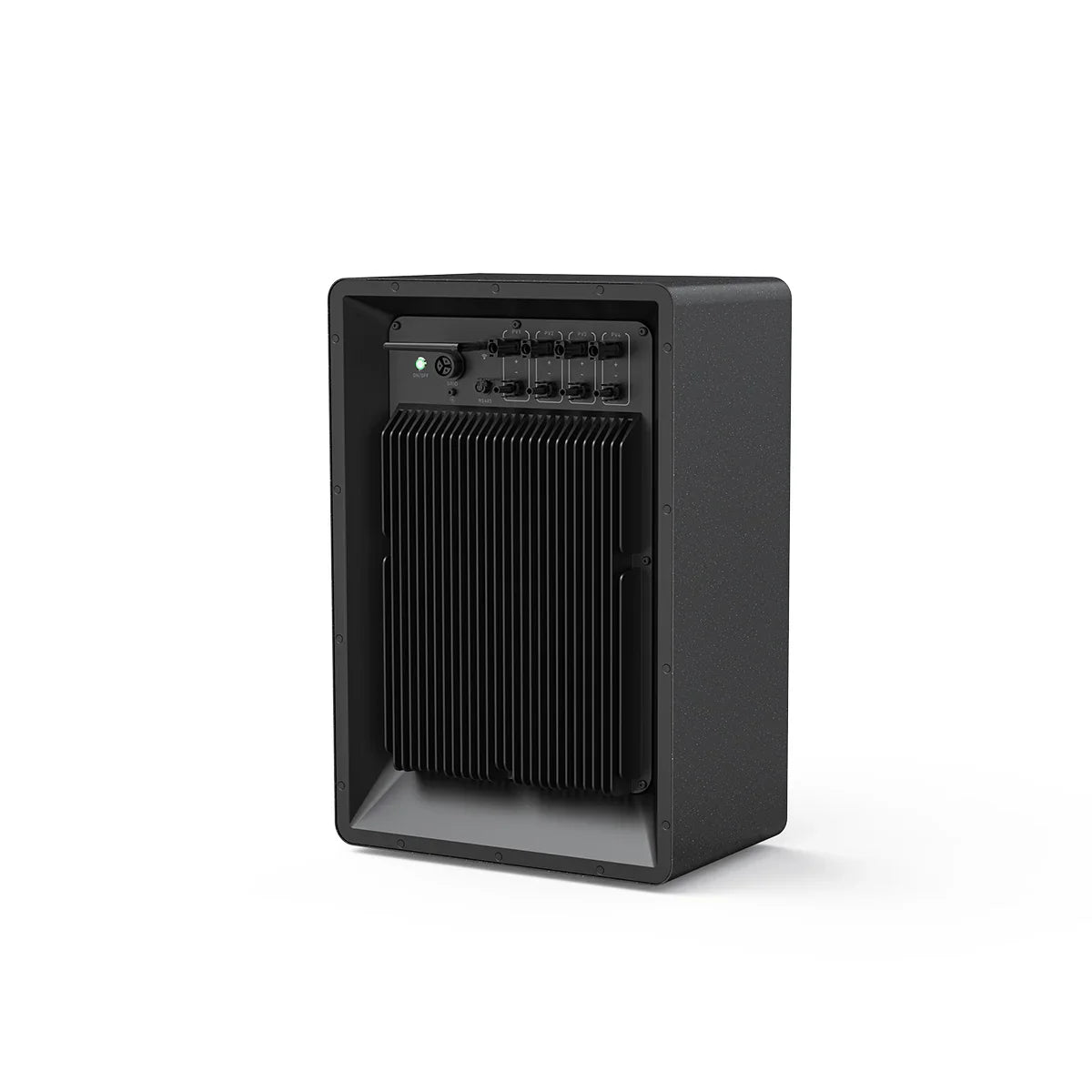
Marstek Jupiter C All-In-One Balcony Power Plant with Storage

Superior performance
Equipped with 4 MPPT, the Jupiter supports a PV feed-in of up to 2000 W and is available in the variants of 2560 Wh and 5210 Wh.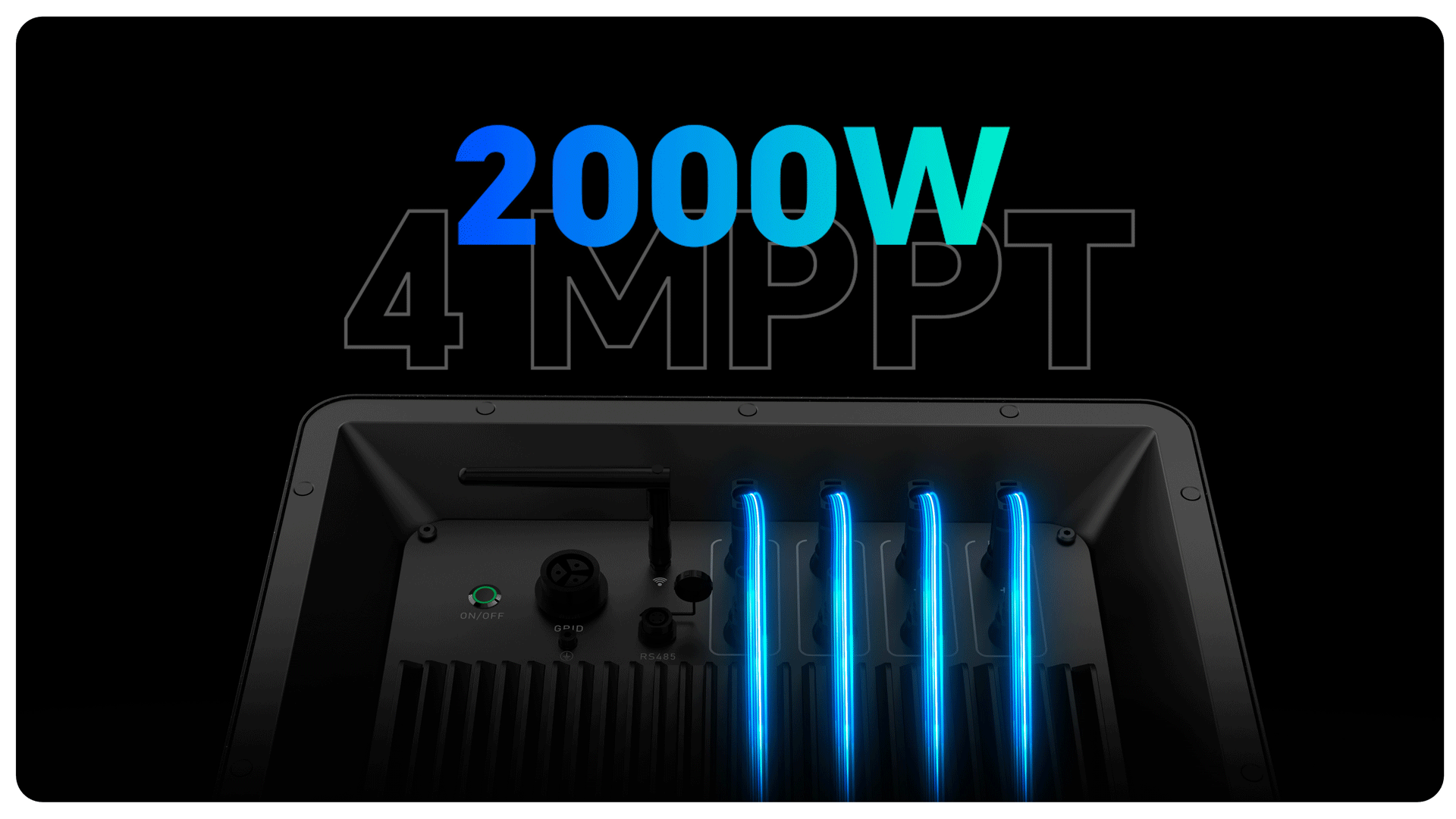

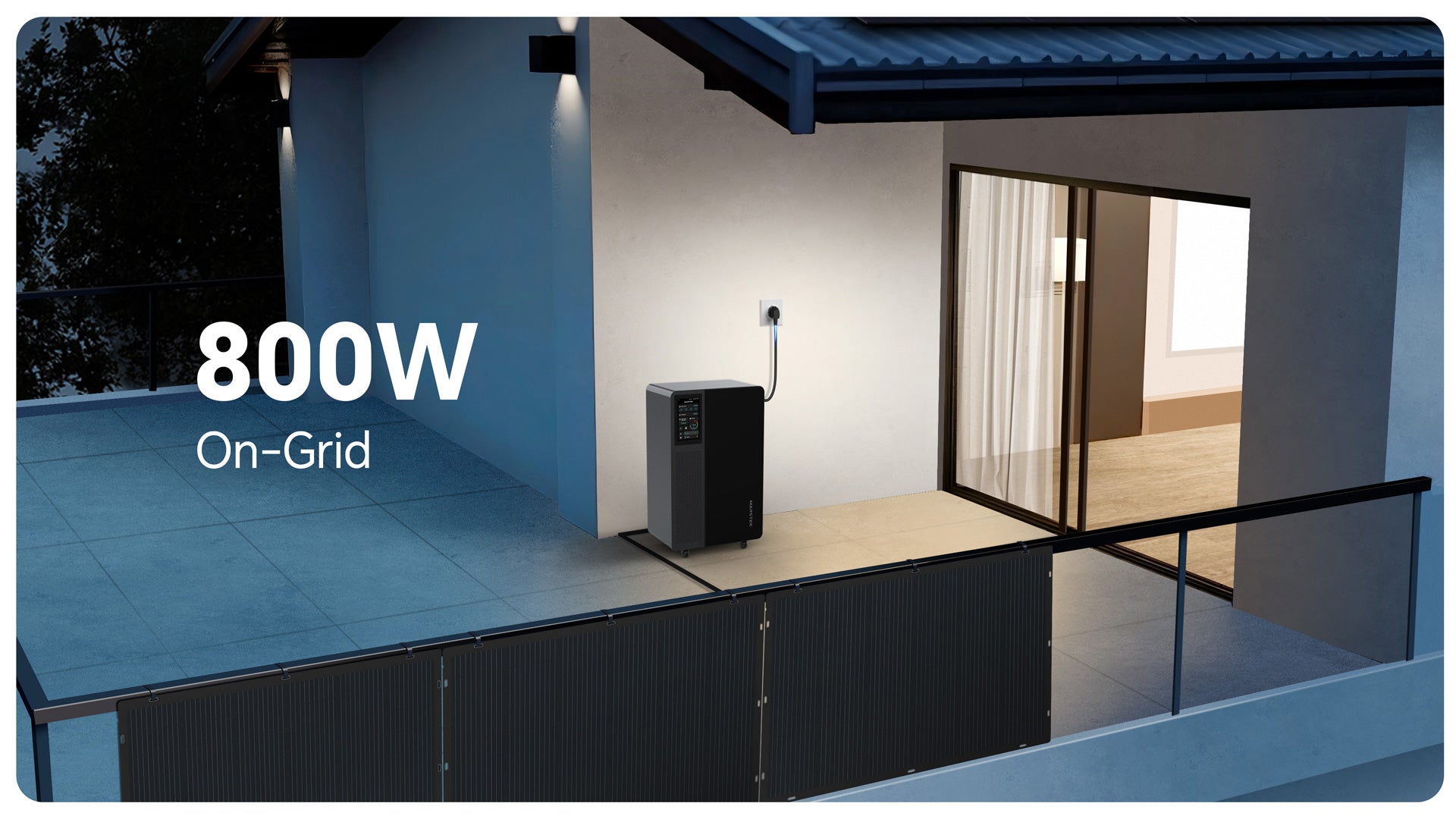
Plug & Play installation in 5 minutes
Intelligent energy management
Monitor and control your battery and power supply anytime, anywhere with the Marstek app.
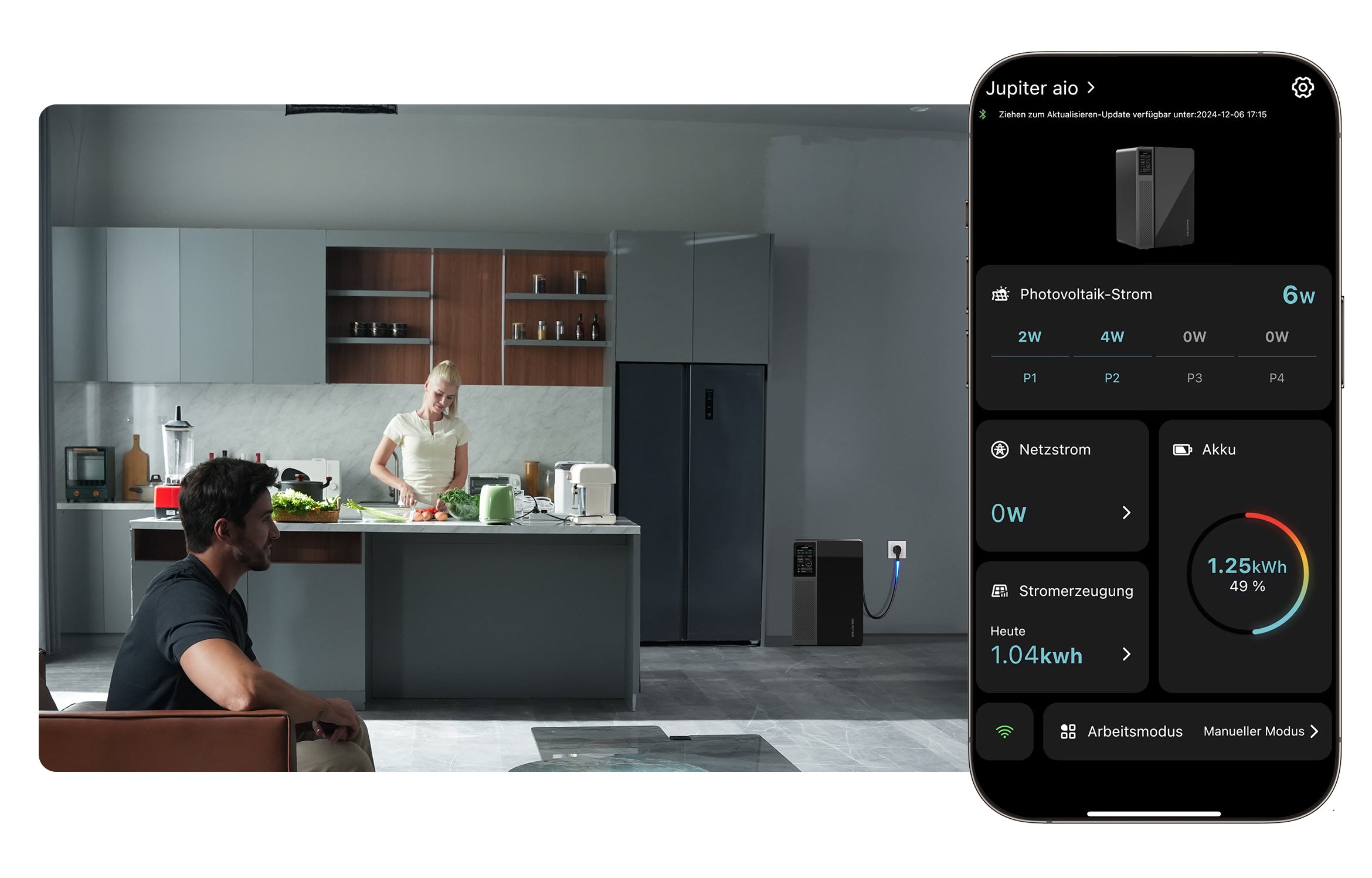
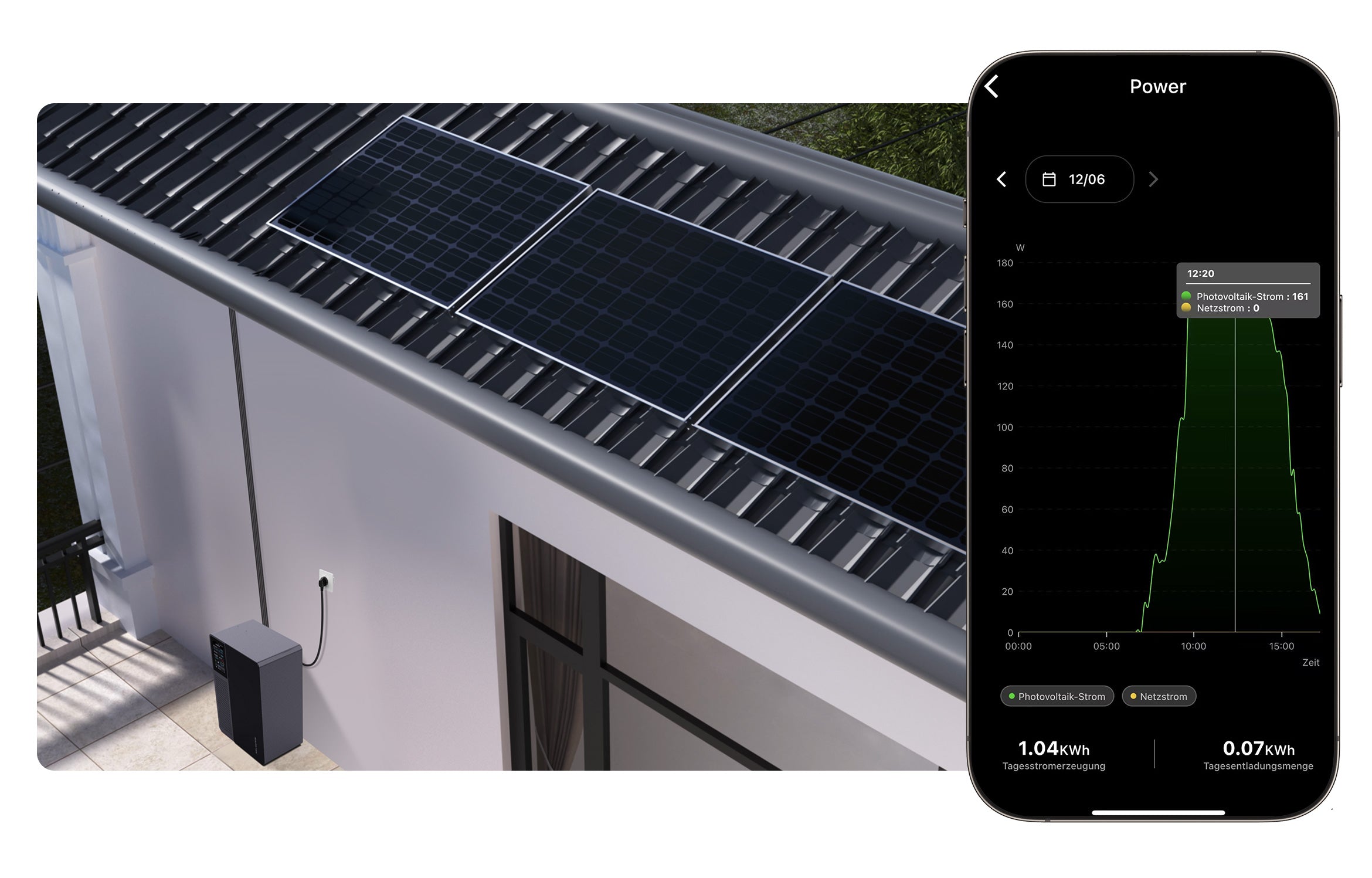
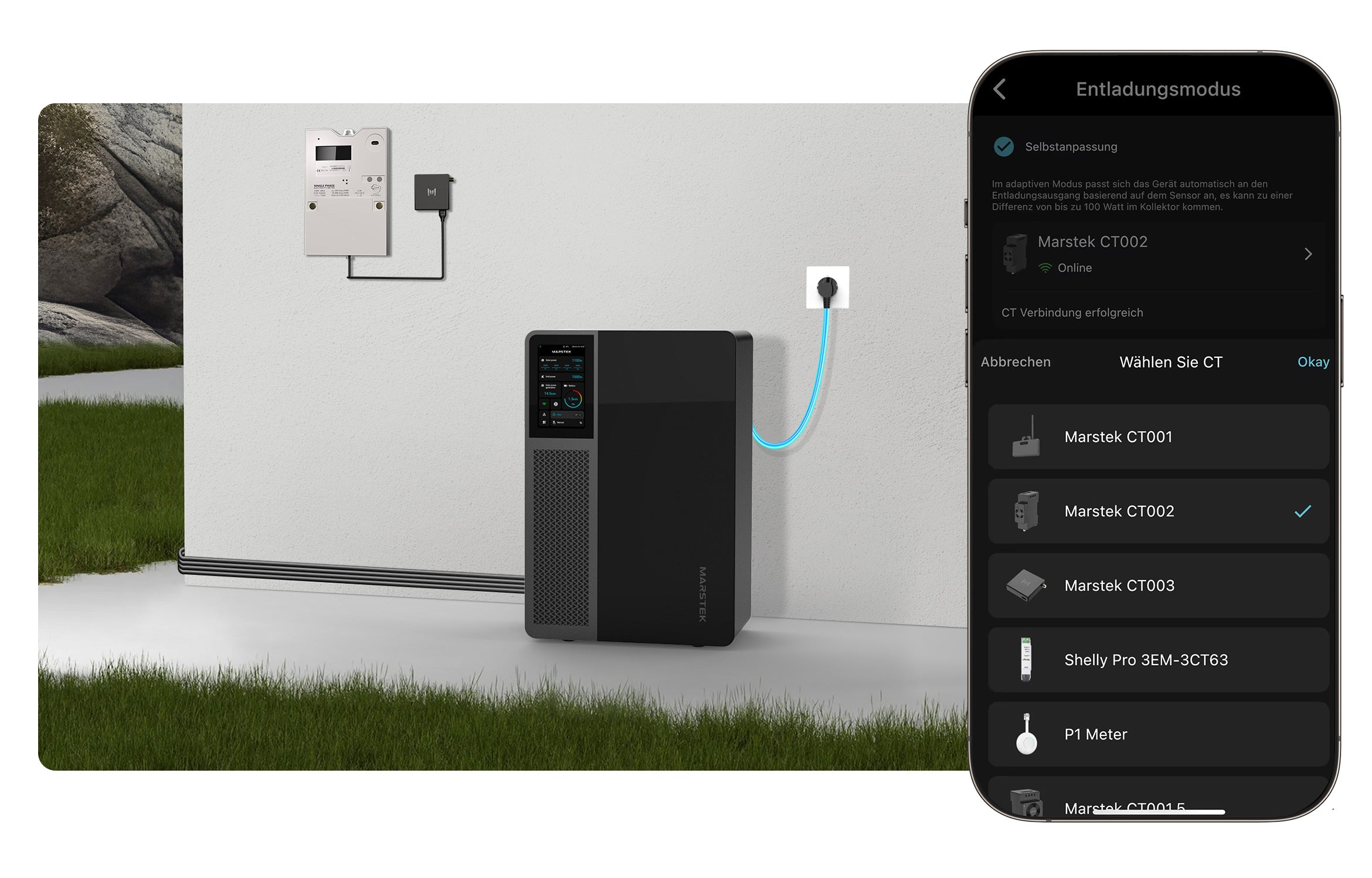
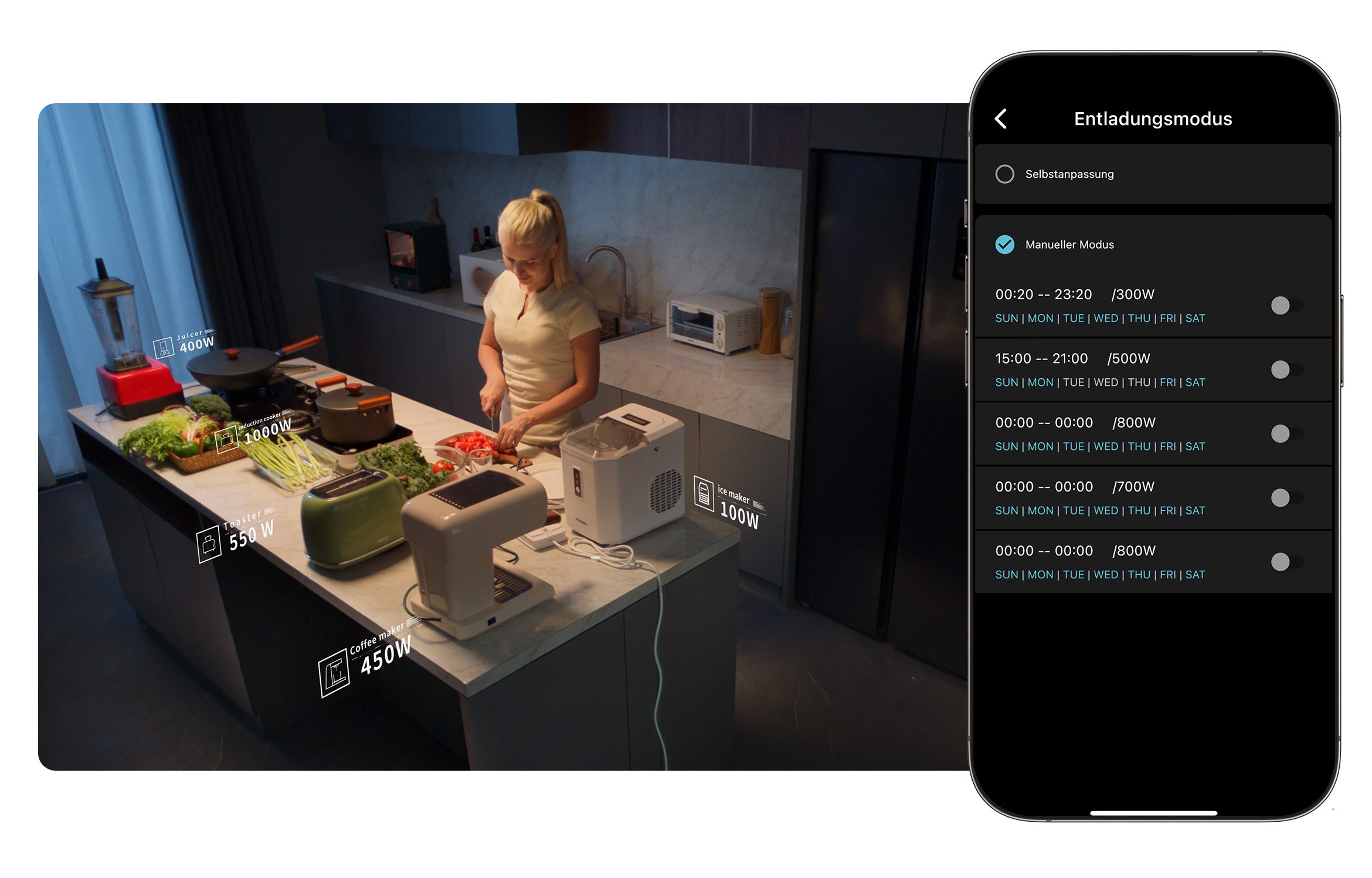
Feed-in prevention by smart meters
| Parameters | JUPITER-C | JUPITER-E |
|---|---|---|
| Capacity | 2560Wh | 5120Wh |
| Cell chemistry | LiFePO₄ | |
| Lifespan | 6000+ cycles | – |
| Depth of discharge (DoD) | 90% | |
| Current | 50A | |
| Battery management system | OVP, UVP, OCP, SCP, OTP, UTP etc. | |
| Max. PV Input Power | 4 × 500W | – |
| MPPT Tracker | 4 | – |
| PV Voltage Range | 25–55V | – |
| Max. PV Voltage | 60V | – |
| Max. PV Current | 4 × 14.5A | – |
| MPPT Efficiency | 99.80% | |
| Rated Output Power (AC) | 800W | |
| Voltage (AC) | 220V / 230V | |
| Frequency | 50Hz / 60Hz | |
| Rated Current (AC) | 4.54A / 4.34A | |
| Max. Output Current | 5.34A | |
| Power Factor | > 0.99 | |
| THDi | < 3% | |
| Efficiency (Battery → Load) | > 96.5% | |
| Dimensions | 265×417×228mm | 365×538×268mm |
| Weight | 34 ± 0.5kg | 52 ± 0.5kg |
| Material | SPCC | |
| Operating temperature | -20°C ~ +60°C | |
| Protection class | IP65 | |
| Cooling strategy | Natural convection | |
| Max. height | ≤ 2000m | |
| Humidity | 0–95% | |
| Grid connection standard | VDE 4105, TOR R25, etc. | |
| EMC / Standards | IEC/EN 62109, IEC 61000 etc. | |
| AC connection | Three-wire household plug | |
| Display | 4.3" LCD | |
| Communication | WiFi, Bluetooth, USB-A, RS485 | |
Scope of delivery
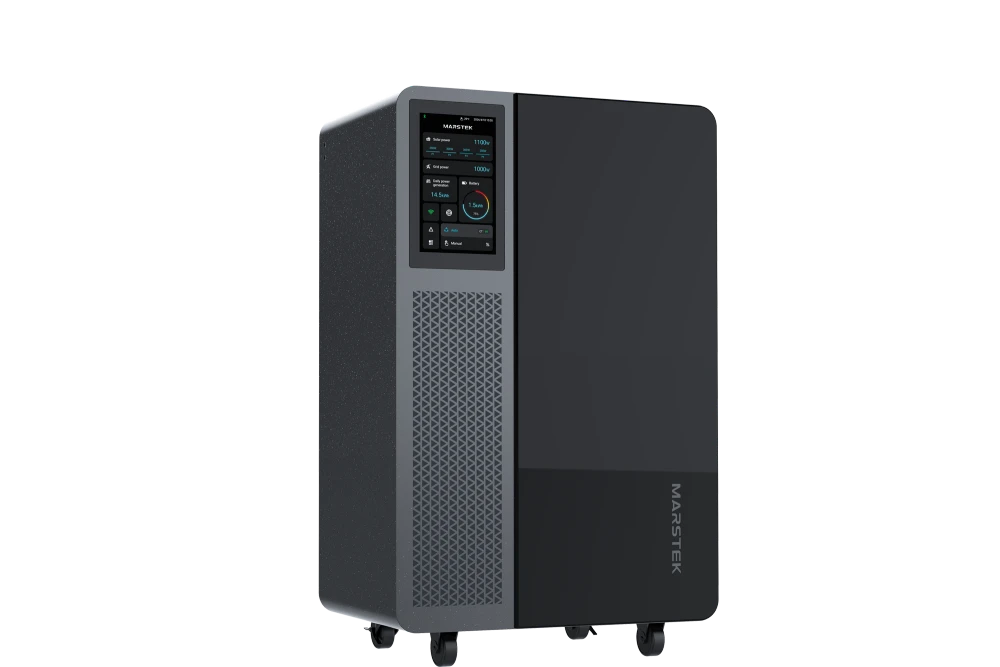

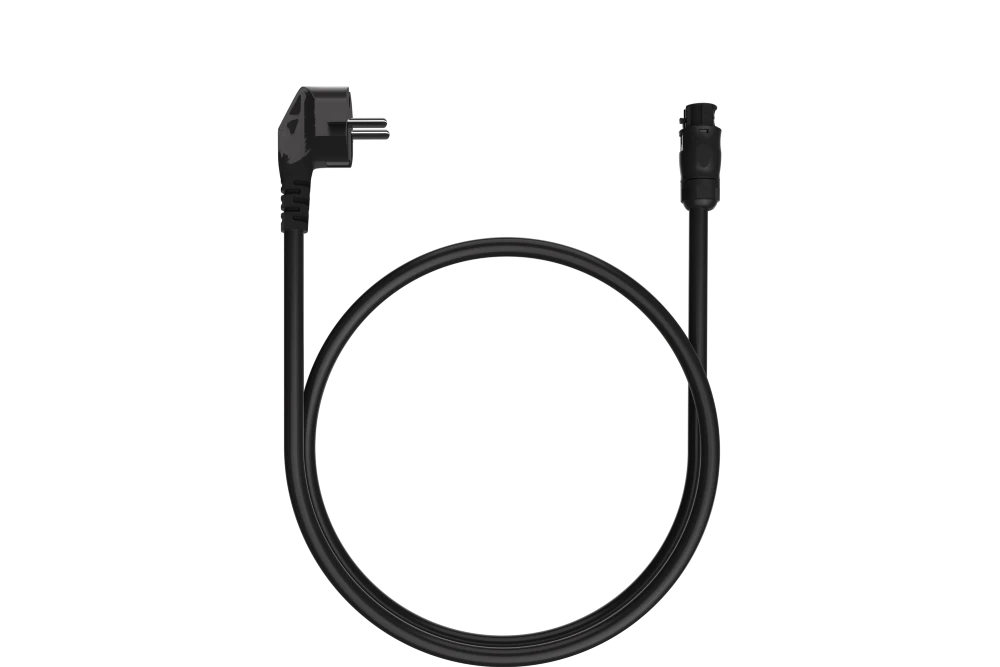
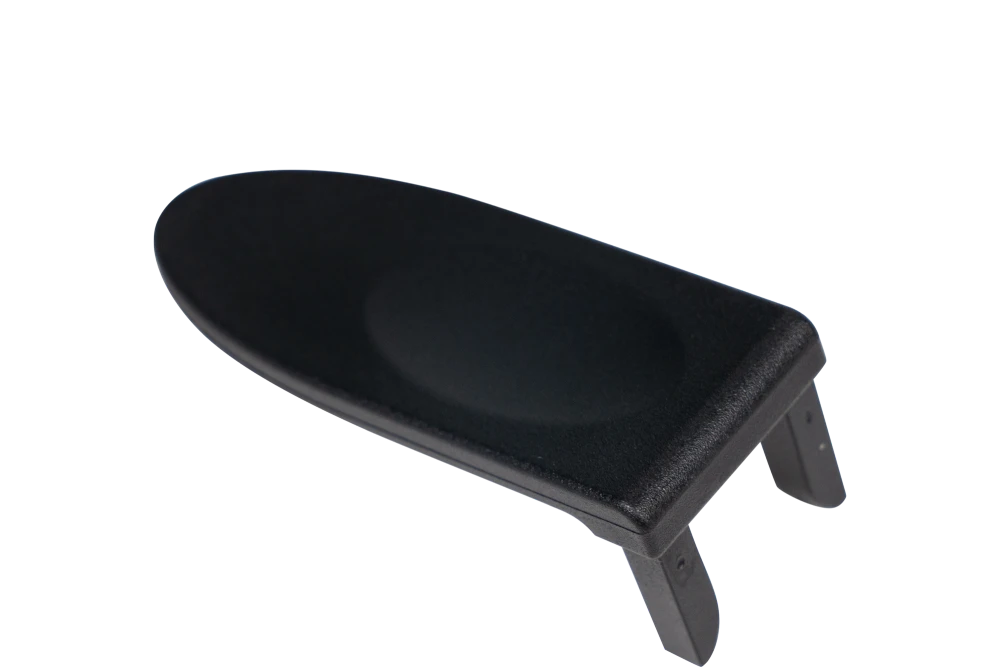
FAQ
How does the Jupiter all-in-one balcony power plant with storage work?
How can you control the output from the Jupiter All-in-one?
Which smart meters are compatible with the Jupiter all-in-one?
Can the capacity of the Jupiter All-in-one be expanded?
What do I need to consider when using the Jupiter All-in-one in winter?
At low temperatures, the activity of the lithium battery decreases, which can easily lead to the battery's power consumption being high and rapid. Therefore, care should be taken when using batteries in winter:
(1) In winter, it is recommended to reserve at least 30% or 50% of the battery power to avoid low battery performance. Especially in snowy weather, it is recommended to maintain 70% of the battery capacity to ensure that the battery has enough reserves.
(2) If the battery has not been charged for more than a week, it is recommended to interrupt the discharge until the battery is charged to more than 90% before turning on the discharge.
(3) Avoid high-power discharges. PV is weaker in winter and charging is more difficult. If the device is discharged at high power, this can easily lead to the battery having low performance for an extended period.
(4) Regularly check if the PV panels can deliver power normally. Especially after heavy snowfall, the PV panels can easily be blocked by snow and may not charge the battery for a long time.

